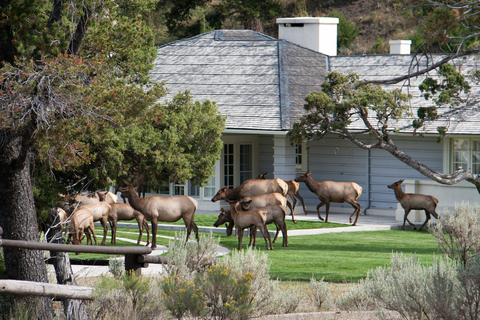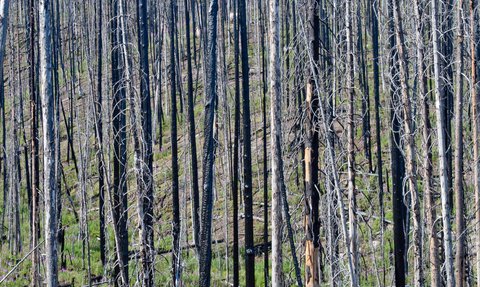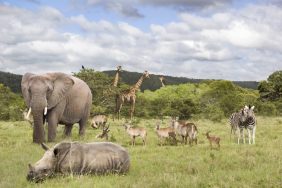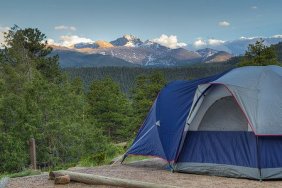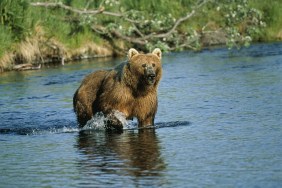
The fires out here in the west added with years of drought have a few hunters and environmentalists concerned about the impact it will have on big game populations. Add that to the growing population and development, and many of us are wondering if we’re going to need to travel to another state to hunt.
The issue of wildfires and their impact on big game really depend on many factors. While it would seem that the hundreds of thousands of acres lost to wildfires would displace game and leave them nowhere to go is really not a big concern in California. Areas such as the ones burned in Northern California are incredibly large, and overpopulation won’t be an issue. Deer populations have continuously declined in all the Western states over the last 10 years but it’s not due to wild fires directly.
Other states such as Idaho and Washington are impacted by wildfire because of the migration. Yes, it’s true that if a migration area gets burned, there will be less food and more competition. This usually evens out over time though and doesn’t play much of a factor in the decline over the long term. Before major development, game could simply migrate elsewhere to find food after a large fire. Now, they are often blocked off from such opportunities.
I think a lot of people are misinformed when it comes to just exactly what affects the decline in game. It’s no doubt that these huge fires affect wildlife but they have very keen senses and know their escape routes. The reality is that wildfires actually do a lot to replenish food supplies because when the top (duff) layer is burned, much needed nutrients are able to penetrate the soil and nurture healthy plant regrowth. Ask any deer hunter and he’ll tell you that the deer are almost always near burned out areas eating this vegetation. Wild fires have always benefited forests and always will.
The truth about the decline of big game populations boils down to humans disrupting the natural cycles of the earth. It’s a vicious cycle that has mostly to do with habitat. Habitat quality, and quantity lead the decline and they’re closely tied in together. Once we start disrupting the natural food sources and migration areas, everything starts to break down.
Predators are also a concern and there are many different opinions on their impact. No one will argue however, that it’s man’s attempt to control nature that causes the uprise in predation. One recent study suggests that mankind’s targeting of the largest, most healthy game further contributors to weakening the genetics of a given wildlife population. California has seen a huge increase in mountain lion numbers but they can’t be hunted. This makes sense to almost no one.
California has done wonders to it’s forests in the name of “fuel reduction techniques,” and the jury is still out on whether or not it’s doing any good. I see a lot of homes for wildlife being destroyed and thinned out forests that look like parks instead of wilderness. Cover that used to be everywhere is almost nonexistent. If I were a deer, I certainly wouldn’t live in these “new” forests.
Disease and competition play a small role in the decline of big game, probably equal to that of wild fires. However you slice it, all of these factors add up. While there are a gazillion different studies out there, most which agree that big game numbers are on the steady decline, all you have to do is ask someone who hunts. We just aren’t seeing the game like we used to and it can all be blamed on humans, not wildfires.
Elk in North America
-
Does this angle make my nose look big?
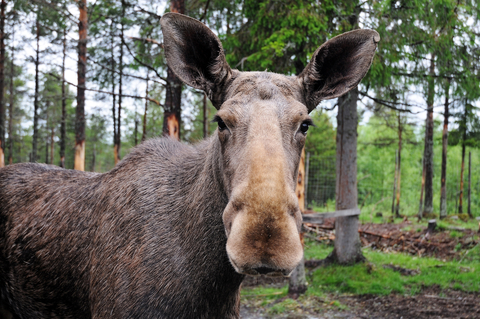
-
It's great to be an elk in the morning.
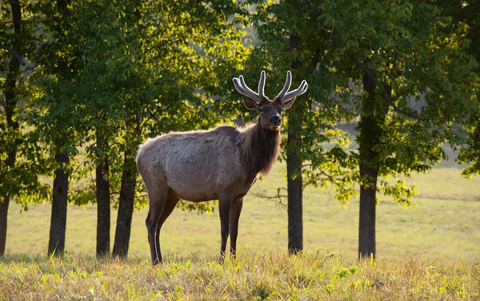
-
Glad I brought my winter coat.
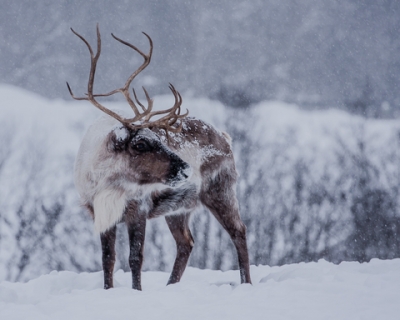
-
Milk does a body good.
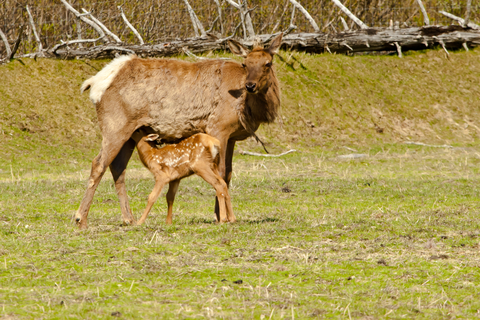
-
Finally some water greens.
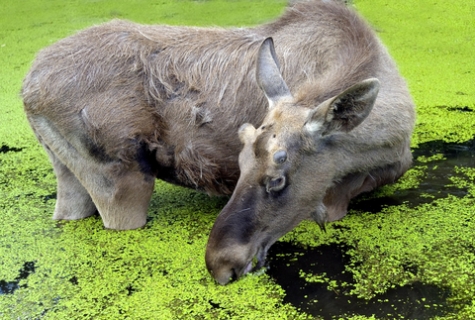
-
Just chewin'
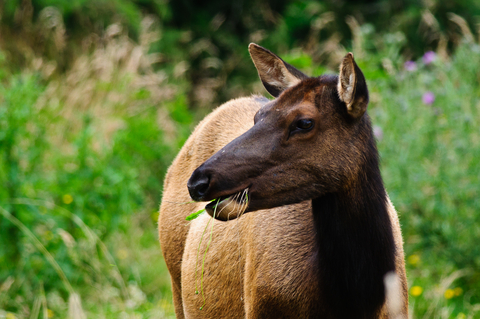
-
A little R and R.
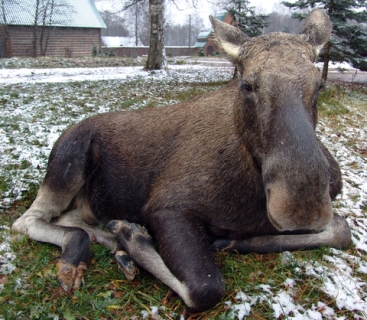
-
Kinda wish we brought the snow shoes about now.
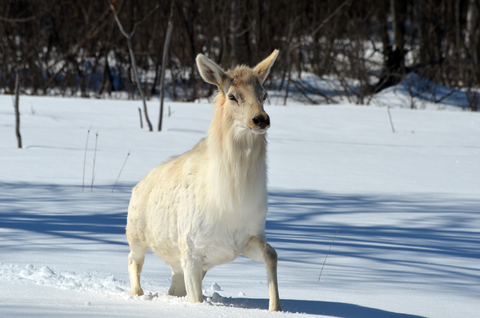
-
Okay boys, we got a lot of grass to eat before nightfall.
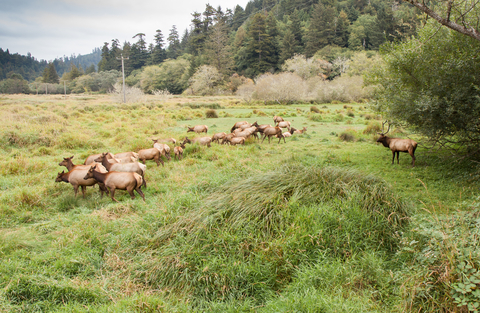
-
You guys don't mind if we move in do you?
